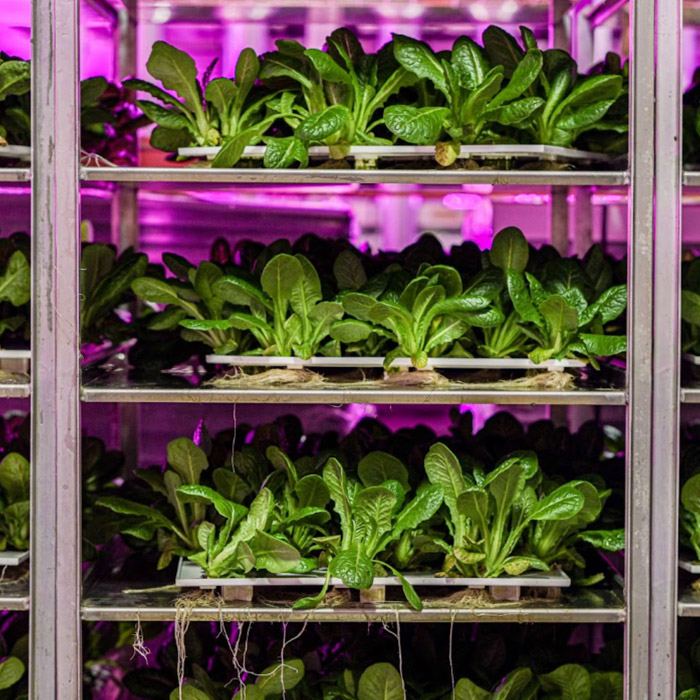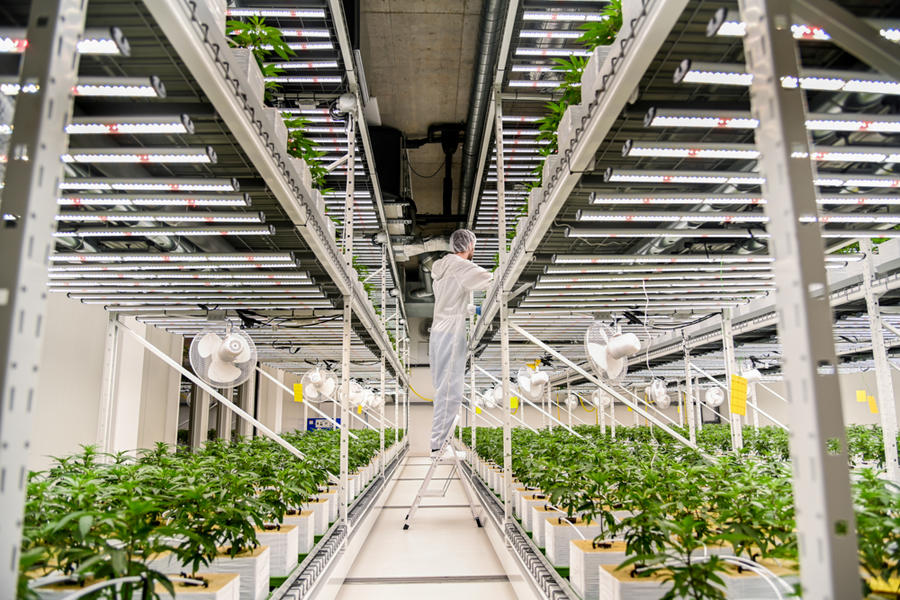Hydroponics: Great for supermarkets and even better for veggie lovers
Insights on vertical farming
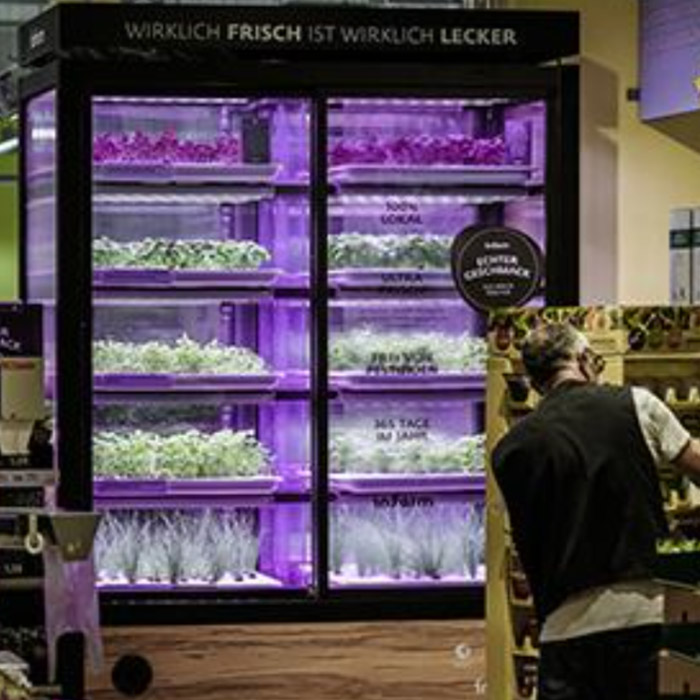
Hydroponics save supermarkets money
-
Selling perishable foods is all about timing. Today’s fresh bread is tomorrow’s day old. To stem the tide of food waste, which accounts for one-third of all food produced, supermarkets are doing whatever they can, including adopting dynamic pricing models, where the price of perishables tick down the closer they get to the expiration date.
-
While this method incentivizes customers to snatch up discounted goods, in another sense everyone loses: grocery stores lose potential profits, customers have less time to eat the food they buy, and there’s still no guarantee that these sales will make a discernible dent in waste.
-
But when produce is grown locally, transportation costs and cold storage don’t eat away at the shelf life of the products, so businesses can sell them for longer at market price, and customers can keep them in their fridges longer, both of which decrease waste. Supermarkets can still adopt dynamic pricing, but it becomes a last resort instead of business as usual.
-
Hydroponic produce can be grown anywhere; some grocery stores are experimenting with hydroponic grow cases in their own aisles. The wider the adoption of hydroponics, the better it will be for a supermarket’s bottom line.
Consumer preferences are trending greener
No matter the industry, consumers gravitate toward sustainable goods. One survey of 350,000 consumers of all ages found that sustainability is a primary driver for consumer trust, especially among millennials and Gen Z.
What this demographic doesn’t want, however, is lip service. While they are 27 percent more likely than their predecessors to purchase from brands that protect the environment, they are a discerning and intelligent generation. They know greenwashing when they see it.
But hydroponic agriculture is the real deal. It has a far lower carbon footprint than traditional farming, especially leafy greens, which are typically grown and transported from the West Coast to everywhere else in the US. And because supermarkets know that customers care so much about sustainability, they are more likely to feature hydroponics in special displays for locally grown produce.
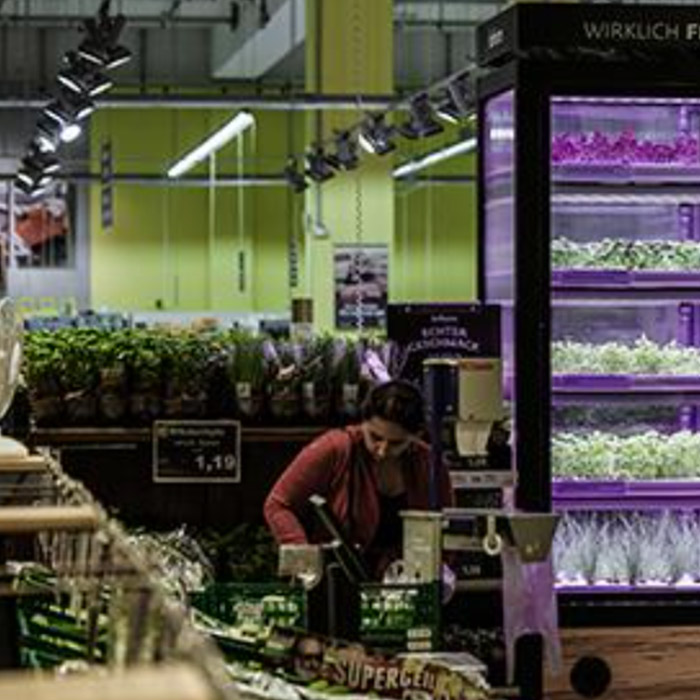
Cultivating Flavor
Growing food outdoors means that the taste is subject to the mineral content of the soil, among other variables. Sometimes that leads to delicious and nutritious veggies, but sometimes farmers settle for the earth they have or spend so much money and energy trying to play god.
Compared to traditional farming, indoor or greenhouse hydroponics gives growers much more influence over what enriches their crops, thereby naturally formulating the best-tasting greens. The flavor profile is no longer subject to the soil it’s grown in—it’s a product of rigorous testing and laboratory control. What grocery store or supermarket shopper wouldn’t love that?
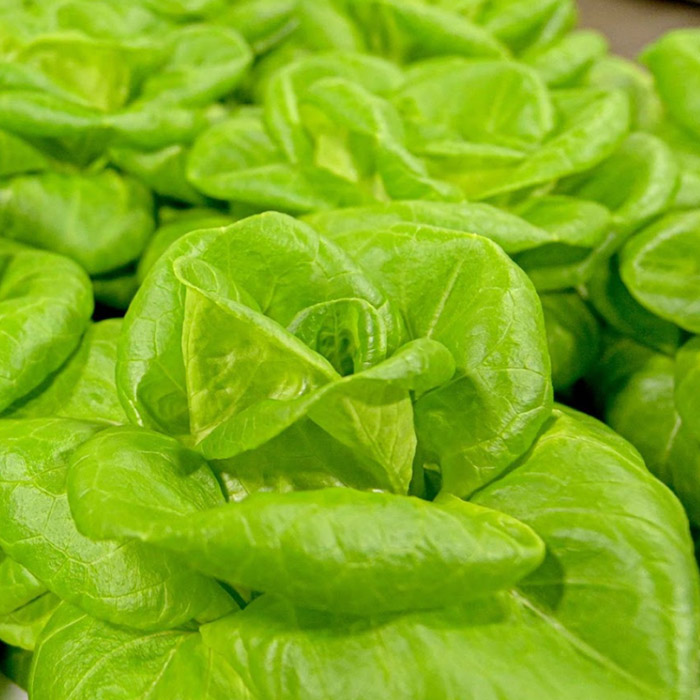
Vertical farming solutions for hydroponics
Montel’s line of high-density mobile vertical grow rack systems offers a game-changing solution. By optimizing space and minimizing waste, our innovative designs empower partners to embrace sustainability. Picture shelves brimming with vibrant, locally grown greens—each leaf a testament to a greener future.
If you’re ready to ride the hydroponics wave explore Montel’s custom vertical farming solutions. Let’s grow together—more sustainably.
